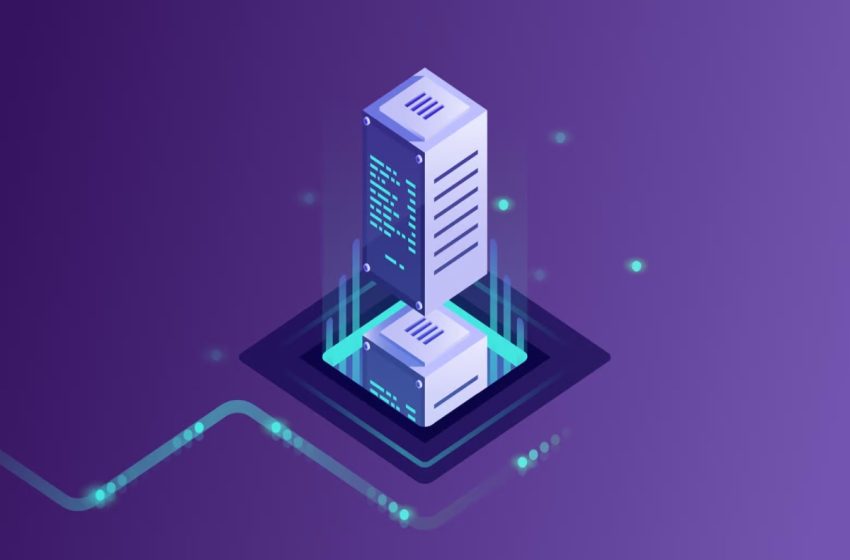
Demystifying Internal Developer Platforms: A Comprehensive Guide
The purpose of IDPs is to reduce the cognitive load on developers. With automated solutions intact, developers maintain control of editing configurations, deploying, and rollback. With these self-service solutions, developers can simplify and establish standards for software practices, operations, constructional foundations, and environments.
Operations teams configure IDPs. During the configuration process, operations teams determine the provisional resource criteria for environments and standardize permission controls and templates for application configuration. This automaton speeds up repeat tasks, allowing for standardized (and ultimately more efficient) maintenance.
Below, we present a comprehensive guide to IDPs to demystify their functions in the evolution of DevOps. The five essential components of IDPs and some of the benefits they establish for engineering teams are discussed. Continue reading to learn more about the internal developer platform.
Table of Contents
The internal developer platform (IDP)
The internal developer platform introduces developers to a new addition of abstraction. It addresses aspects that have not been handled by traditional DevOps protocols for code deployment to production. Platform teams create IDPs and emphasize standardizations for design, workflow, infrastructure, and more.
Where Developers Step In
Developers can select premade templates from software catalogs and, from there, specify what they need. They can test setups with EaaS tools before production deployment. The internal developer platform is woven into pre-existing workflows. Most of the workflows stay git-push deploy-based but contain the added automation. This point of the deployment process is now in the hands of developers who can send requests for resources, make changes to provisioned settings, completely restore programs, deploy, and put deployment automation rules into effect, all through the internal developer platform.
The Elements Of IDPs
Built over essential core DevOps tooling, the internal developer platform contains platform orchestrators and service catalogs as brand-new categories. They offer comprehensive and integrative tools and services that accelerate and improve software operations and development inside an organization. Its primary function is to perform as a centralized hub offering a range of capabilities for resources and automation that support software development.
The five elements of IDPs are:
- Management of application configuration
- Organizing and executing infrastructure
- Management of environment
- Management of deployment
- Access control (role-based)
Benefits For Developers
The alignment of objectives that go into resource provision management and ease of internal developer platform engineering allow developers to access foundational resources that are stable, standardized, and capable of providing faster completion of development cycles and greater resilience as a whole system. The internal developer platform streamlines workflows and gathers resources for more effective collaboration. A stable system creates efficiency and scalability for software delivery and related objectives.
Enhancing Developer Experience For Productivity
The goal of DevOps on its own was to provide developers with more control, but initially, it increased the cognitive load of developers, decreasing their productivity outcomes. The internal developer platform consistently performs better for most organizations than DevOps, especially in lead time, MTTR, deployment frequency, and change failure rate. Now, teams can utilize the tools they need to streamline productivity and increase the ease of the developer experience.

